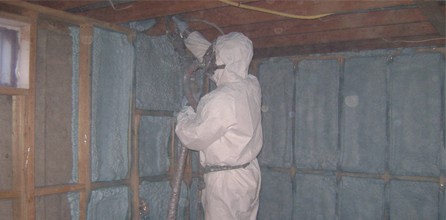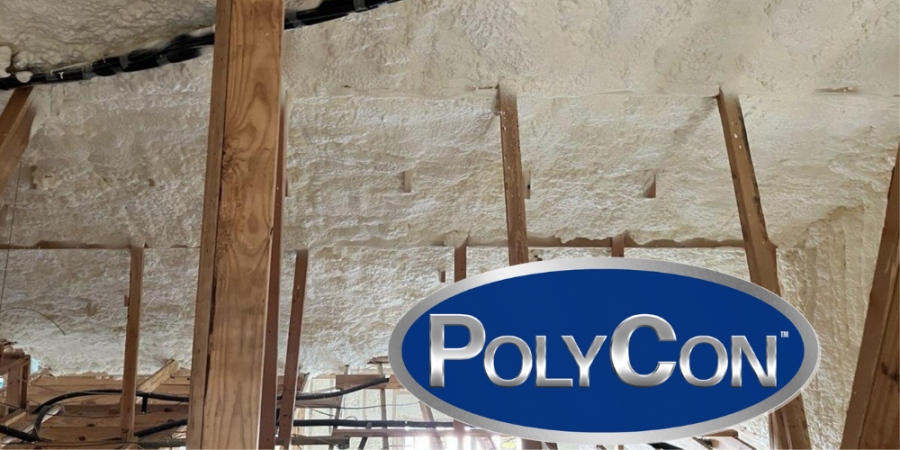Tennessee Homebuilder Takes Aim At Constructing Energy Efficient Homes

NASHVILLE, TN - August 17, 2011 - The clean energy movement is sweeping through the U.S. as consumers and businesses alike increasingly incorporate solar and wind power as energy sources. This emphasis on energy efficiency has also hit the housing sector, with companies incorporating green building techniques into their new construction in an effort to woo buyers.
The housing market was disproportionately battered compared to other industries during the financial crisis and is still sinking; according to some analysts, it could take four to five years for the housing sector to recover from the shocks it absorbed as the economy tanked. In an interview with the Tennessean, home building expert Tim Hawbacker said that while home sales are still sluggish, houses built according to strict environmental codes are selling.
Hawbacker affirmed that his company, A Better House, has shifted its approach to homebuilding since the market took a downward turn and now low-energy and zero-energy homes are becoming a sweet spot in an otherwise bleak market. The new homes his company is currently building are constructed using spray foam insulation, insulated concrete forms, and krypton gas efficient windows, among other green tools.
Many of the new homes A Better House builds are also equipped with solar panel systems and other clean energy generators. Hawbacker asserts cost savings from photovoltaic systems are enhanced when a home is a "tightly sealed envelope." To ensure the homes do not leak hot and cold air, Hawbacker affirmed that his company uses spray foam insulation to shore up any leaks, cracks or holes.
The green solutions help lower utility costs, he said. "The month utility bills are significantly lower" in the homes he builds, he asserted. "A 2,500-square-foot home averages $50, not even including the use of solar and wind energy." Using spray foam around windows and door frames, for example, effectively traps air in a home, eliminating the need to either turn up or down a heating or cooling unit.
Moreover, by using spray foam to fill in holes in the foundation, Hawbacker has found his homes rarely have insect problems. His homes "have virtually no utility bills," Hawbacker proudly said. By using spray foam and other green building techniques, "we can reduce the heating and cooling consumption significantly, thereby reducing the amount of solar or wind energy needed to offset energy bills."
Disqus website name not provided.









































